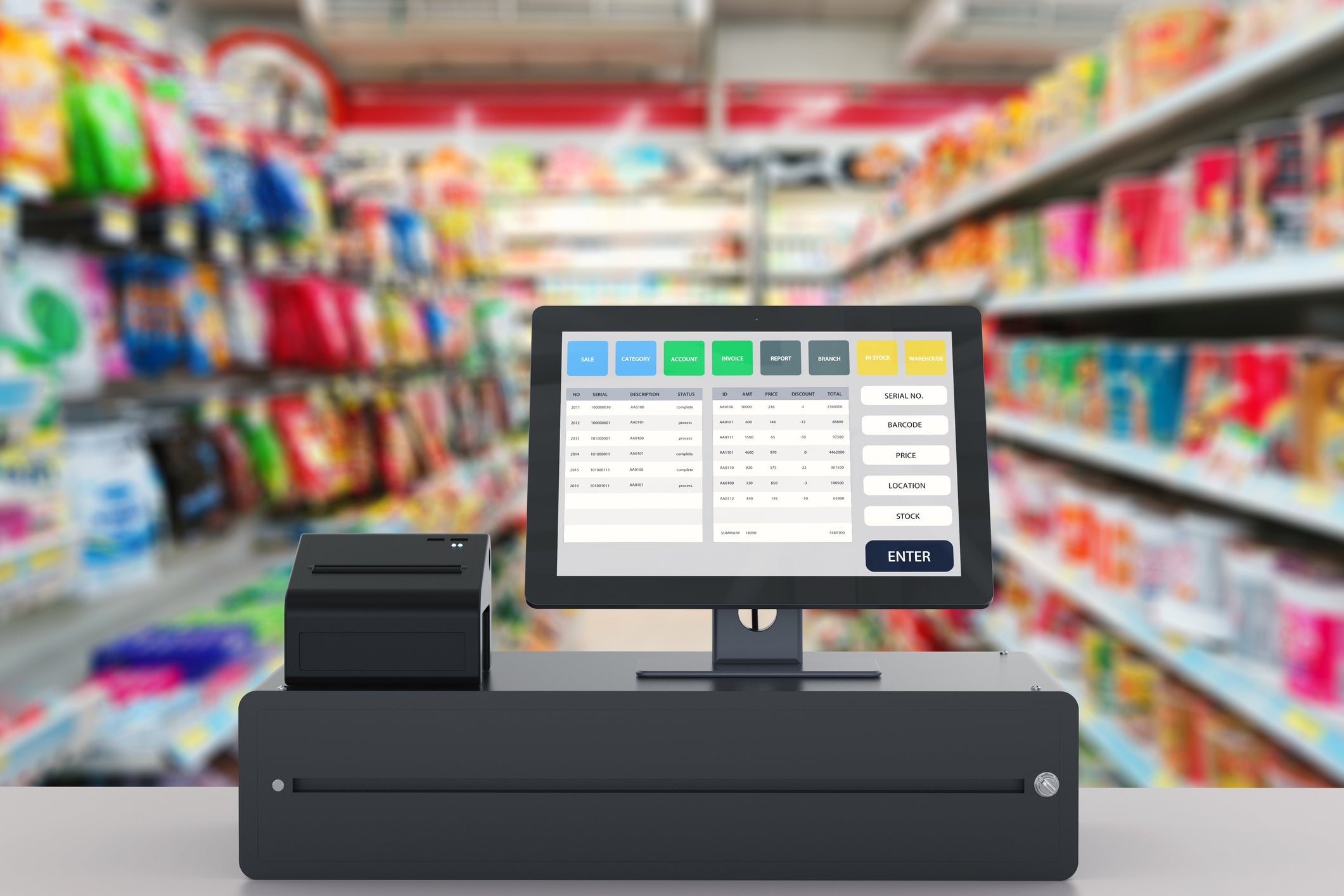
In a world where retail experiences can feel laborious for consumers who are increasingly asked to divulge personal information for every purchase from businesses that lack a human touch, convenience stores offer a comforting presence.
When consumers enter a convenience store, they know their shopping experience will be straightforward and, as the name states, convenient.
The convenience store business model has remained constant since the inception of 7-Eleven in 1927. The stock is limited and the store is often located in an urban area and may be attached to a petrol station, with 24-hour opening times.
But with the increasing pressure of digitalisation across the retail sector, convenience stores cannot solely rely on strategic positioning and inventories of essential items.
Some technological advances are being made by convenience retailers, such as 7-Eleven partnering with Industrial Technology Research Institute (ITRI) to introduce a 24-hour uncrewed convenience store in Taiwan. But consumers are demanding innovation at a more rapid rate than ever.
Retail Insight Network spoke to Ajaie Albert, communications director at retail software provider BLAM retail, to uncover the challenges that convenience retailers are facing in the modern retail era.

US Tariffs are shifting - will you react or anticipate?
Don’t let policy changes catch you off guard. Stay proactive with real-time data and expert analysis.
By GlobalDataWhat strengths do convenience stores have over other kinds of in-store retail offerings?
Ajaie: They thrive on their strategic proximity to consumers. Positioned conveniently within neighborhoods, they’re the immediate go-to when sudden needs arise.
This convenience is amplified by their ability to offer efficient and rapid service. Time-conscious consumers don’t have the luxury of browsing extensive aisles, and convenience stores perfectly cater to this need for speed.
Beyond just logistics, many convenience stores hold an operational autonomy, allowing them to function beyond traditional hours and serve customers during almost any time of day.
This sense of independence also fosters personalised customer interactions. Regular patrons are recognised, and their preferences noted, leading to a more individualised shopping experience. The product assortment in these stores is a mirror reflection of their clientele’s immediate needs, ranging from essential packaged goods to chilled beverages and on-the-go snacks. An interesting twist to the shopping experience is the quick and easy availability of lottery tickets, adding a dash of spontaneity.
Furthermore, convenience stores are not just about packaged products; with an evolving range of hot food offerings, they’re steadily emerging as quick-stop culinary destinations in their local neighborhoods.
What challenges do convenience stores face in today’s world?
Ajaie: In today’s dynamic economic landscape, they face the pressing challenge of rising inflation, impacting the cost of goods and even essential services like fuel. Coupled with this is the constraint of a shrinking labour pool, making it tough to maintain consistent service standards.
On the competitive front, Quick Serve Restaurants and specialised Coffee Shops are redefining the concept of ‘quick and convenient’ food offerings, nudging convenience stores to constantly innovate.
But perhaps the most significant challenge in our digitised age is the integration of technology. As the world continues to move online, convenience stores are tasked with the delicate balance of introducing tech-driven conveniences while preserving the very essence of their in-store ‘convenience’ promise.
How can convenience stores digitise their operations?
Ajaie: In this digital era, the first step would be to carve out a strong online identity through a comprehensive and user-centric website. It’s a gateway for consumers to understand the brand’s ethos, even before they step into the physical store. Branching out, introducing lottery ticket sales online could be a game-changer, reaching out to a broader and tech-savvy audience base.
But digitalisation doesn’t stop with brand presence and sales; there’s a growing consumer inclination towards e-commerce, especially in the food sector. Convenience stores, recognising this trend, can expand their reach by offering online ordering services for both delivery and in-store pickups.
The cherry on the cake would be an integrated Point-of-Sale system. Unifying transactions across offline and online platforms allows convenience stores to maintain real-time inventory checks, draw actionable insights from purchase data, and, more importantly, craft personalised consumer experiences based on these insights.



